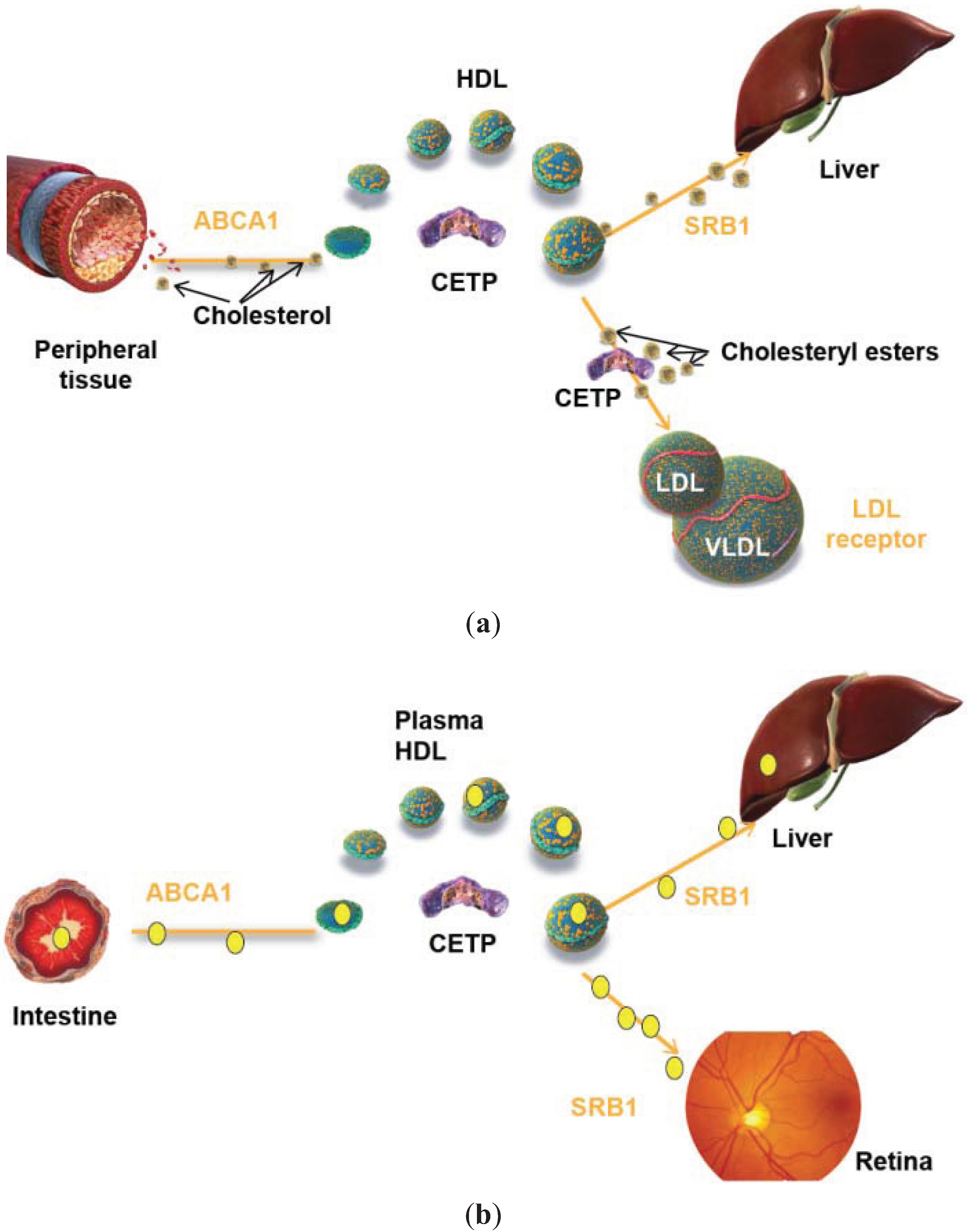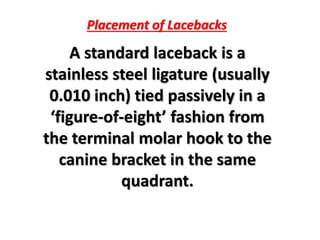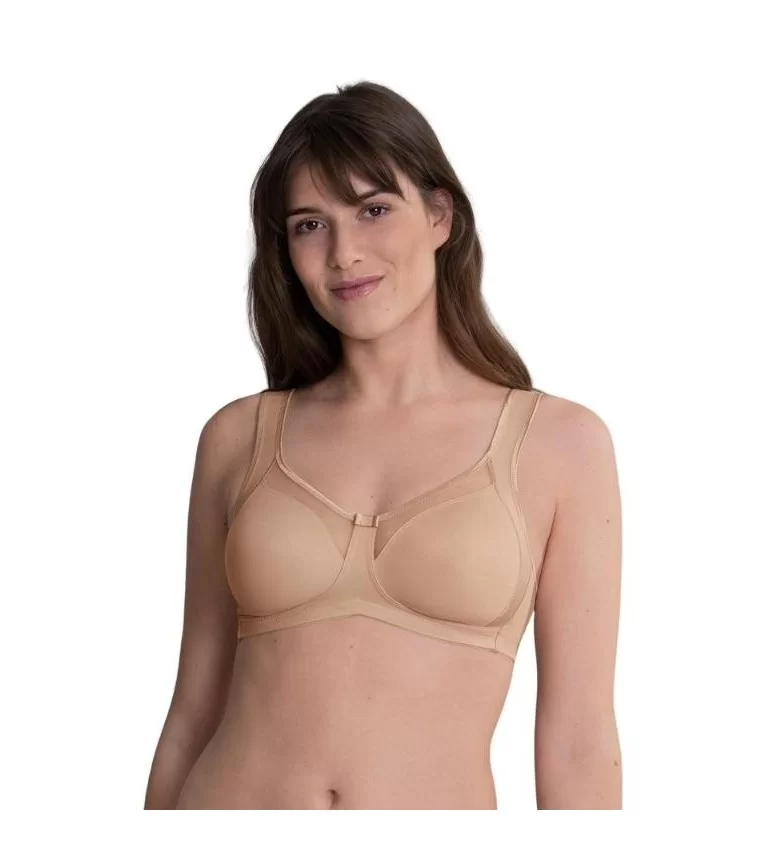
Mulligan bypass arch group provided a more controlled and faster tooth movement when compared to active laceback ligature, mainly attributed to the arch wire material and type of force. Objective: To compare the efficiency and effectiveness of Active laceback ligatures with that of Mulligan bypass arch for the amount of retraction, tipping and rotation. Materials and Methods: 20 patients were selected for the study who required upper 1 st premolar extraction for decrowding. All patients were treated with 3M Gemini - MBT 0.022” metal brackets. Patients were divided into 2 groups of 10 patientsin each group. Group 1 was treated with active laceback ligature and group 2 with Mulligan bypass arch. Changes were measured on the cast with a digital vernier caliper. Student ‘t’test was used to determine the mean differences between the two groups for the amount of retraction, tipping and rotation. Results: Significant distal movement of Canine occurred in both the groups. Movement of canine was more in group 2 but distal tipping of canine and distopalatal rotation of the molar was more in group 1. These differences were mainly attributed to the arch wire material and type of force. Conclusion: Mulligan bypass arch group provided a more controlled and faster tooth movement when compared to active laceback ligature.

PDF) Comparison Between Laceback and Tie-back in Sliding Mechanics (An in vitro study)

PDF] Effectiveness of laceback ligatures on maxillary canine retraction.

Biology, Free Full-Text

AMREP_Research_Report_2009.pdf - Alfred Hospital
A Novel Temporary Anchorage Device Aided Sectional Mechanics for Simultaneous Orthodontic Retraction and Intrusion. - Document - Gale OneFile: Health and Medicine

PDF) Individual canine retraction: RCT comparing Mulligan bypasses

PDF) Comparison Between Laceback and Tie-back in Sliding Mechanics (An in vitro study)

PDF] Effects of active and passive lacebacks on antero-posterior position of maxillary first molars and central incisors.

PDF) Individual canine retraction: RCT comparing Mulligan bypasses arch and Active laceback ligatures

T-loop spring vs ricketts maxillary canine retractor in canine retraction efficacy and anchorage loss control: A cone-beam computed tomography study - ScienceDirect

PDF) The Impact of Canine Retraction on Anchorage Loss in Two Methods of Active Lace Back and NiTi Closed Coil Spring

PDF) Canine retraction rate and angulation with 0.017”X0.025” versus Canine retraction rate and angulation with 0.017”X0.025” versus 0.016”X0.022” stainless steel arch wire with a power arm 0.016”X0.022” stainless steel arch wire with

Three-dimensional assessment of two different canine retraction techniques: a randomized split-mouth clinical trial, Progress in Orthodontics

PDF) Individual canine retraction: RCT comparing Mulligan bypasses







